This was published 5 years ago
Kigali Genocide Memorial: How Rwanda overcame its violent past
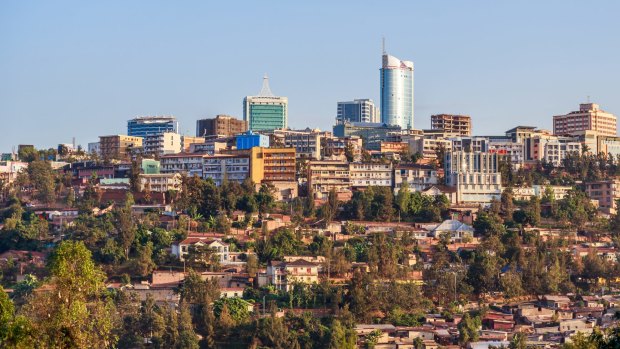
Rwanda is now one of the most prosperous nations in Africa.Credit: Adobe Stock
Visiting a memorial that chillingly describes how a million people were murdered in a 100-day killing spree is probably the last thing you'll want to do when you arrive in Rwanda. But you should. Firstly, to pay your respects, but also because it might be the only reminder you'll get. So miraculous has been Rwanda's recovery since the horrific genocide in 1994, it's hard to believe the atrocities happened in the same place.
Located in Kigali's Gisozi district, a 10-minute drive from the centre of the capital, the Kigali Genocide Memorial opened in April 2004 on the 10th anniversary of the genocide. The first section describes the complex series of events that led to the civil war between Rwanda's two main ethnic groups, the Hutus and Tutsis. Interestingly, the initial distinction between them wasn't based on ethnicity at all – it was socio-economic. If you owned cattle, you were Tutsi; if you didn't you were Hutu. After Belgium took control of the country during World War I, they made the difference more permanent (and divisive) by adding it to everyone's ID cards.
Over the next 60 years tension between the two groups heightened until a civil war erupted in 1990. Thousands of Tutsi fled the country but this was just a precursor to the horrors still to come. Alarmingly, the UN's peacekeeping force in Rwanda knew about the impending carnage and did nothing to stop it.
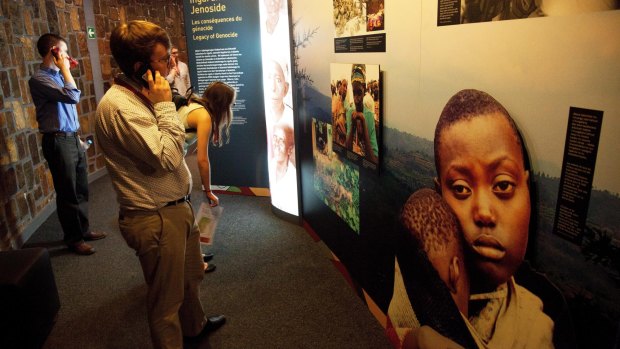
The Rwandan Genocide Memorial Museum is near Kigali, the nation's capital.Credit: Alamy
The exhibition sensitively conveys the horrors of the genocide through information panels, photos and video clips. Even so, the facts are brutally hard to digest. Children were forced to kill their parents, neighbours turned on each other and thousands of women were brutally raped and maimed. Most people were hacked to death by machete but others were thrown into deep pits where they were trampled to death. By the time the Rwandan Patriotic Front took back control of the country in July 1994, it's estimated that about a million Tutsi and moderate Hutus had been killed.
Helping to personalise the tragedy is a room full of victims' photos and footage of interviews with survivors. Next door are cabinets of neatly arranged skulls.
Upstairs is an exhibition that details some of the world's other notable genocides. Predictably, the Nazi Holocaust gets the most attention but it's also a poignant reminder of the atrocities that took place in Namibia in 1904, Armenia in 1915 and Cambodia in 1975. The last exhibit is the simplest but also the most heartbreaking. Entitled "Tomorrow Lost", it shows photos of children that were murdered, detailing their favourite foods, their last words and the manner in which they were killed. Most just say "machete".
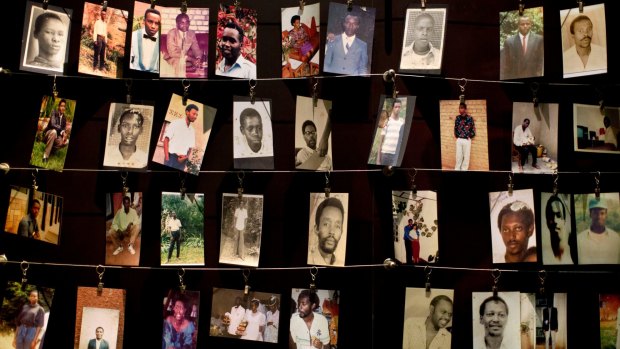
Family photographs of some of those who died hang in a display in the museum.Credit: AAP
Outside in the grounds is Rwanda's largest mass grave, where several concrete pits contain the remains of around 250,000 people. There's also a remembrance wall engraved with victims' names and several memorial gardens for reflection and contemplation.
The reason you should come here at the start of your trip is that it provides vital context for the country's remarkable recovery. Rwanda is now one of Africa's safest, cleanest and most prosperous nations. It's also one of the least corrupt and is one of only two countries in the world with a female-majority parliament. Even more astonishing is the reconciliation of its people. Hutus and Tutsis now live together again in relative harmony – an extraordinary achievement given anyone over 30 would have first-hand memories of the atrocities.
Visiting the centre will leave you saddened, angry, appalled and frustrated. But it will also give you hope and a renewed faith in the power of reconciliation.
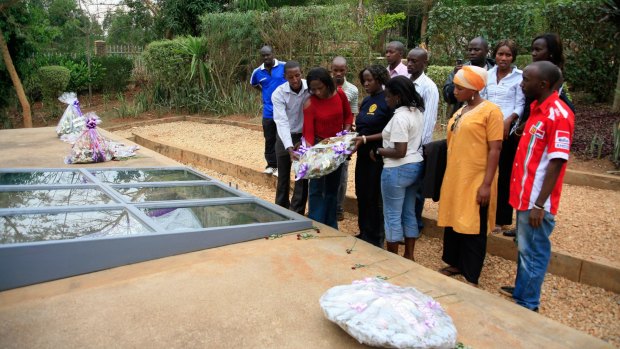
Kigali Memorial Centre in Kigali, Rwanda, a museum and memorial to the one million Rwandans killed in the 1994 genocide.Credit: Alamy
TRIP NOTES
MORE
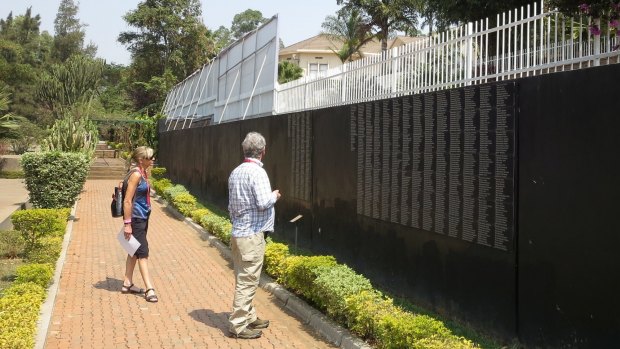
The remembrance wall at Kigali Genocide MemorialCredit: Rob McFarland
FLY
Fly Qantas to Johannesburg or Qatar to Doha then Rwanda Air to Kigali. See qatarairways.com qantas.com rwandair.com
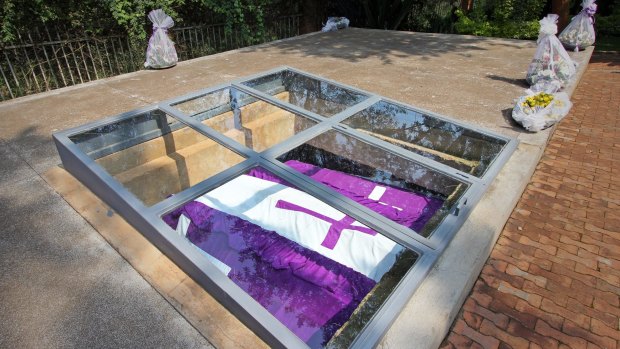
Open tombs of the 500,000 murdered tutsi tribespeople at the Rwandan Genocide Memorial in Kigali, Rwanda.Credit: Shutterstock
VISIT
Kigali Genocide Memorial, Gisozi. Open daily, 8am-5pm. Free admission but it's worth renting an audio guide for $US15. See kgm.rw
TOUR
Highlights of G Adventures/National Geographic Journeys' nine-day Rwanda and Uganda Gorilla Discovery tour include treks to see mountain gorillas, golden monkeys and chimpanzees plus exclusive experiences such as a guided tour of the Diane Fossey research centre. From $7359 per person. See gadventures.com.au
Rob McFarland travelled as a guest of G Adventures.
Sign up for the Traveller Deals newsletter
Get exclusive travel deals delivered straight to your inbox. Sign up now.